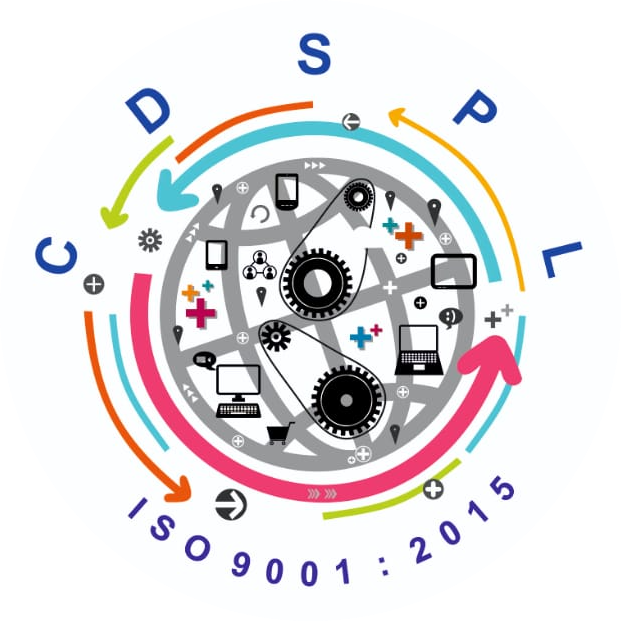Chawla Digital Systems Private Limited.
education app
Developing an education app involves creating a software application specifically designed to facilitate learning, teaching, and educational activities. Here’s a step-by-step guide on how to develop an education app:
- Identify the Target Audience:
- Determine the target audience for your education app, such as students, teachers, parents, or educational institutions. Consider factors like age group, educational level, subjects of interest, and specific learning needs.
- Define the Purpose and Features:
 Clearly define the purpose of your education app and the key features it will offer. Examples of features include:
Clearly define the purpose of your education app and the key features it will offer. Examples of features include:- Interactive lessons and tutorials
- Quizzes and assessments
- Progress tracking and analytics
- Collaboration and communication tools
- Multimedia content (videos, animations, audio)
- Personalized learning paths
- Discussion forums and community support
- Choose the Platform:
- Decide whether your education app will be developed for mobile devices (iOS, Android), desktops (Windows, macOS, Linux), or both. Consider the preferences and habits of your target audience when choosing the platform(s).
- Design the User Interface:
- Design an intuitive and user-friendly interface for your education app, keeping in mind the needs and preferences of your target audience. Use wireframes, mockups, or design tools to visualize the layout, navigation, and interactive elements of the app.
- Development:
- Choose the appropriate technologies, programming languages, and frameworks for developing your education app based on the chosen platform(s) and features.
- Implement the core functionalities of the app, including content management, user authentication, data storage, and communication with external APIs or services.
- Develop interactive learning modules, assessment tools, progress tracking mechanisms, and other features as per the defined requirements.
- Integration of Educational Content:
- Incorporate educational content such as lessons, videos, quizzes, assignments, and study materials into the app. Ensure that the content is accurate, relevant, and aligned with educational standards or curriculum guidelines.
- Testing and Quality Assurance:
- Conduct thorough testing of the education app to identify and fix bugs, errors, or usability issues. Test the app on different devices, screen sizes, and operating systems to ensure compatibility and consistency.
- Gather feedback from users, educators, and stakeholders to make improvements and refinements to the app’s functionality, usability, and performance.
- Deployment and Distribution:
- Prepare the education app for deployment to app stores (e.g., Apple App Store, Google Play Store) or distribution via other channels. Follow the submission guidelines and requirements of the respective platform(s) for app approval and publication.
- Consider alternative distribution methods such as enterprise deployment, web-based apps, or integration with learning management systems (LMS) for educational institutions.
- Marketing and Promotion:
- Develop a marketing strategy to promote your education app and reach your target audience. Utilize various channels such as social media, email marketing, educational forums, influencers, and educational conferences.
- Highlight the unique features, benefits, and value proposition of your app to attract users and differentiate it from competitors.
- Maintenance and Support:
- Provide ongoing maintenance, updates, and technical support for the education app to address issues, implement enhancements, and ensure compatibility with evolving technologies.
- Monitor app performance, user feedback, usage metrics, and analytics data to identify areas for improvement and optimize the app’s effectiveness in facilitating learning and education.

